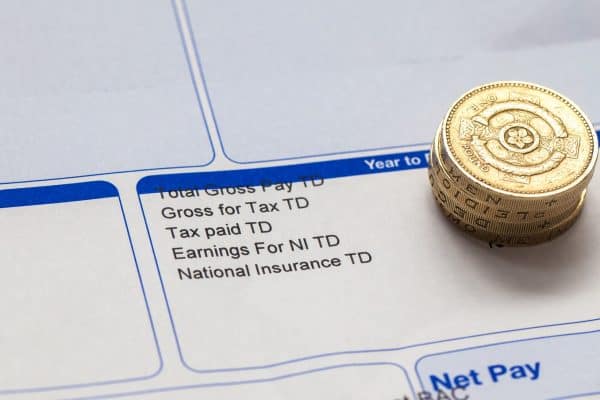Whether you use an app or a personal budgeting document, budgeting will help you understand where your money is going and what you’re spending. There are lots of different methods of managing money, here we’ll take a closer look into the 50/30/20 rule and how it can be helpful for you.
What is the 50/30/20 rule?
The 50/30/20 rule is a budgeting method that helps track and manage your spending and savings. It works By dividing your monthly after-tax income into three different categories: 50% for needs, 30% for wants, and 20% for savings. This helps to cover your necessities and monthly spending, as well as make sure you’re planning for the future.
How was the 50/30/20 rule originated?
The rule was coined by Elizabeth Warren, a United States Senator from Massachusetts, and her daughter Amelia Warren Tyagi, in their 2005 book “All Your Worth: The Ultimate Lifetime Money Plan.” The book aimed to provide a practical guide to managing personal finances and advocated for a balanced approach to spending and saving.
The 50-30-20 rule has since gained popularity as a simple and effective guideline for managing personal finances. However, it’s important to note that everyone’s financial situation is unique, and the rule may need to be adjusted to fit individual circumstances.
How to budget your money with 50/30/20 rule?
Let’s break it down!
50% of your after-tax income is for needs. These are necessities that can’t be avoided. This is the biggest section of your budget which covers:
- Housing: this includes bills such as electricity, gas, rent, and mortgage
- Food: weekly/monthly food shopping
- Car Payments: whether this be car insurance or finance payments
- Travel: this includes fuel or bus/train/ passes
- Minimum loans repayments
30% of your after-tax income is for wants. Making sure you can distinguish between a want and a need when organising your money is important. Identifying and allowing your priorities to be at the forefront of your outgoing will help you manage your wages properly. This covers:
- Monthly Subscriptions: such as gym memberships and streaming platforms
- Days Out/Meals Out
- Clothes Shopping
- Holidays
20% of your after-tax income is to go towards a savings account or paying out any outstanding debt repayments. If you consistently save money each month, you will begin to create a comfortable cushion for yourself and reach your savings goals.
By following this rule, it doesn’t leave you limited to what you can or should spend. Managing your money properly will mean you’re in a comfortable position. However, using this method may make you spend more money in areas you didn’t even realise, making you more conscious of your spending.
The 50/30/20 rule vs other budgeting methods
Like the 50/30/20 rule, there are other budgeting methods which you can apply to help you manage your money. Here’s how the 50/30/20 rule compares to some other popular budgeting methods:
- Envelope Budgeting: This method involves putting cash into different envelopes, each labelled with a spending category, including rent, monthly bills, birthdays, or shopping. Once an envelope is empty, you can’t spend more money in that category until the next payday. The main advantage of this method is that it helps you avoid overspending and stick to a budget. However, it can be difficult to manage if you have many categories.
- 80/20 Rule: The 80/20 budgeting rule means you put 20% of your after-tax income into your savings and spend the rest on the necessities. The method is a simple way to make sure you are financially stable when you need money in an emergency and having those savings to hand on the side can make all the difference. However, it doesn’t give any guidelines for personal spending during the month, so it’s up to you to watch your spending, especially if finances are tight.
Overall, the 50/30/20 rule is a simple and easy-to-follow budgeting method that can be a good starting point for those who are new to budgeting or want a basic guideline to follow.



















